The ancient craft of glassblowing dates back to the 1st century BC, combining raw elements with human breath to create objects both functional and beautiful. While industrial production has largely replaced handcrafted glass, certain communities around America keep traditional techniques alive through dedicated artisans and studios.
Here is a list of 15 towns where the mesmerizing art of glassblowing continues to thrive, preserving heritage while pushing creative boundaries.
Corning
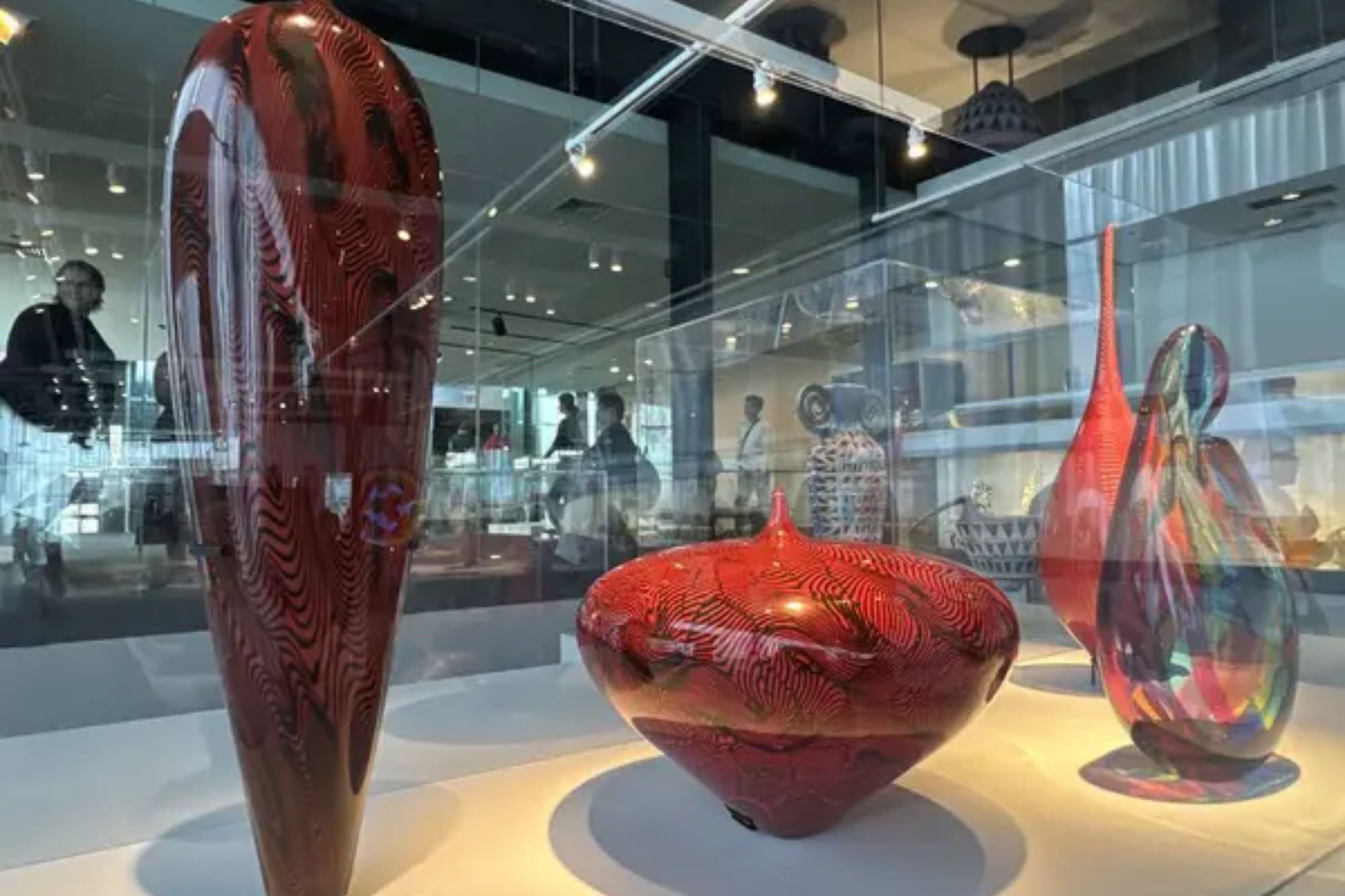
This New York town earned its nickname ‘Crystal City’ through its historic connection to glassmaking, dating back to 1868. The Corning Museum of Glass houses over 50,000 glass objects spanning 3,500 years and features live demonstrations by master glassblowers.
Visitors can watch artisans transform molten glass into delicate forms while the museum’s studio classes allow beginners to try their hand at this challenging craft.
Seattle
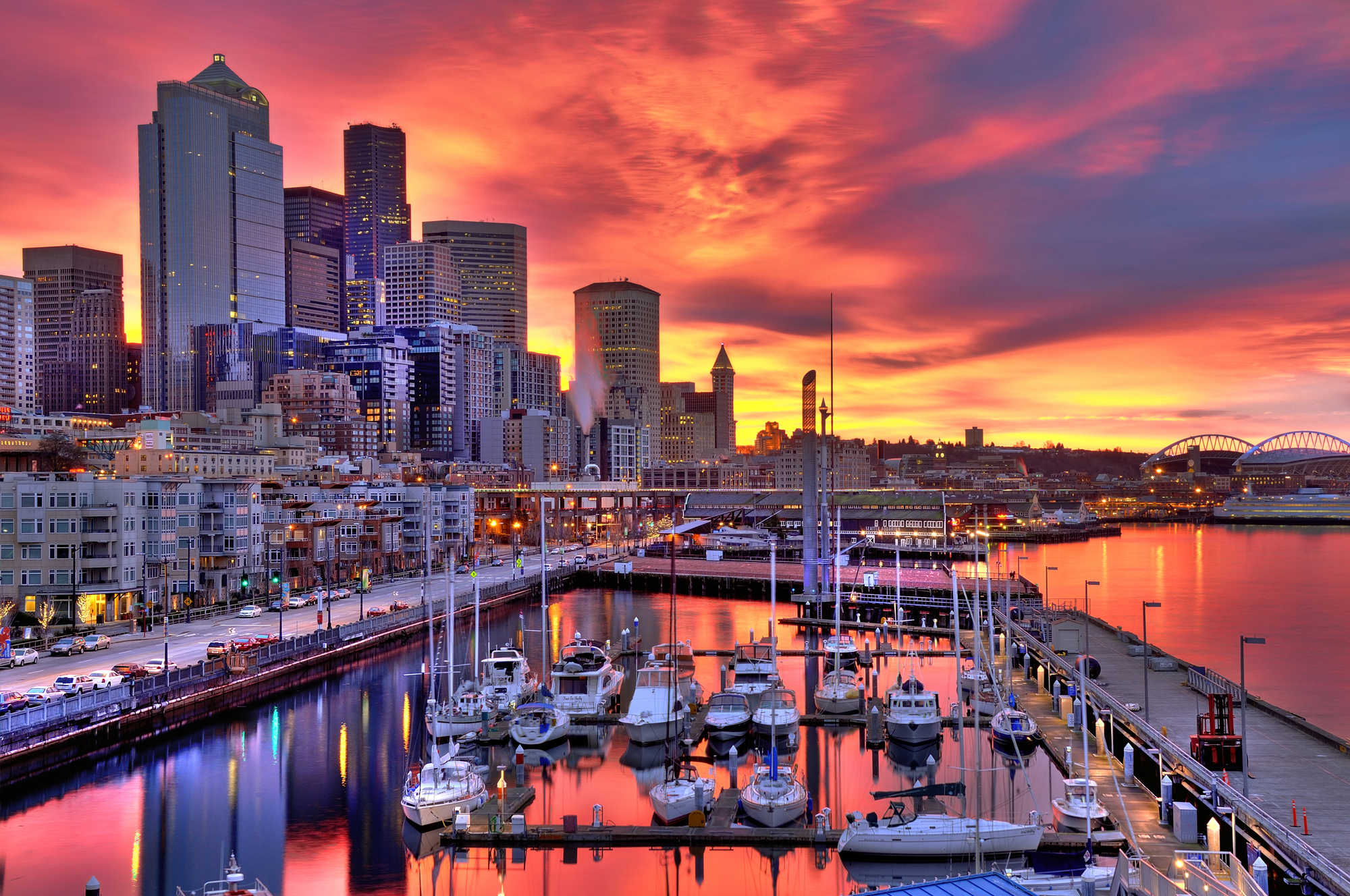
This Washington city became a focal point for studio glass art when Dale Chihuly established his workshop here in the 1970s. The Chihuly Garden and Glass museum showcases spectacular installations that demonstrate how traditional techniques can create contemporary art.
Local studios like Seattle Glassblowing Studio and Pratt Fine Arts Center offer workspace for independent artists and classes for curious beginners interested in learning the fundamentals.
Asheville
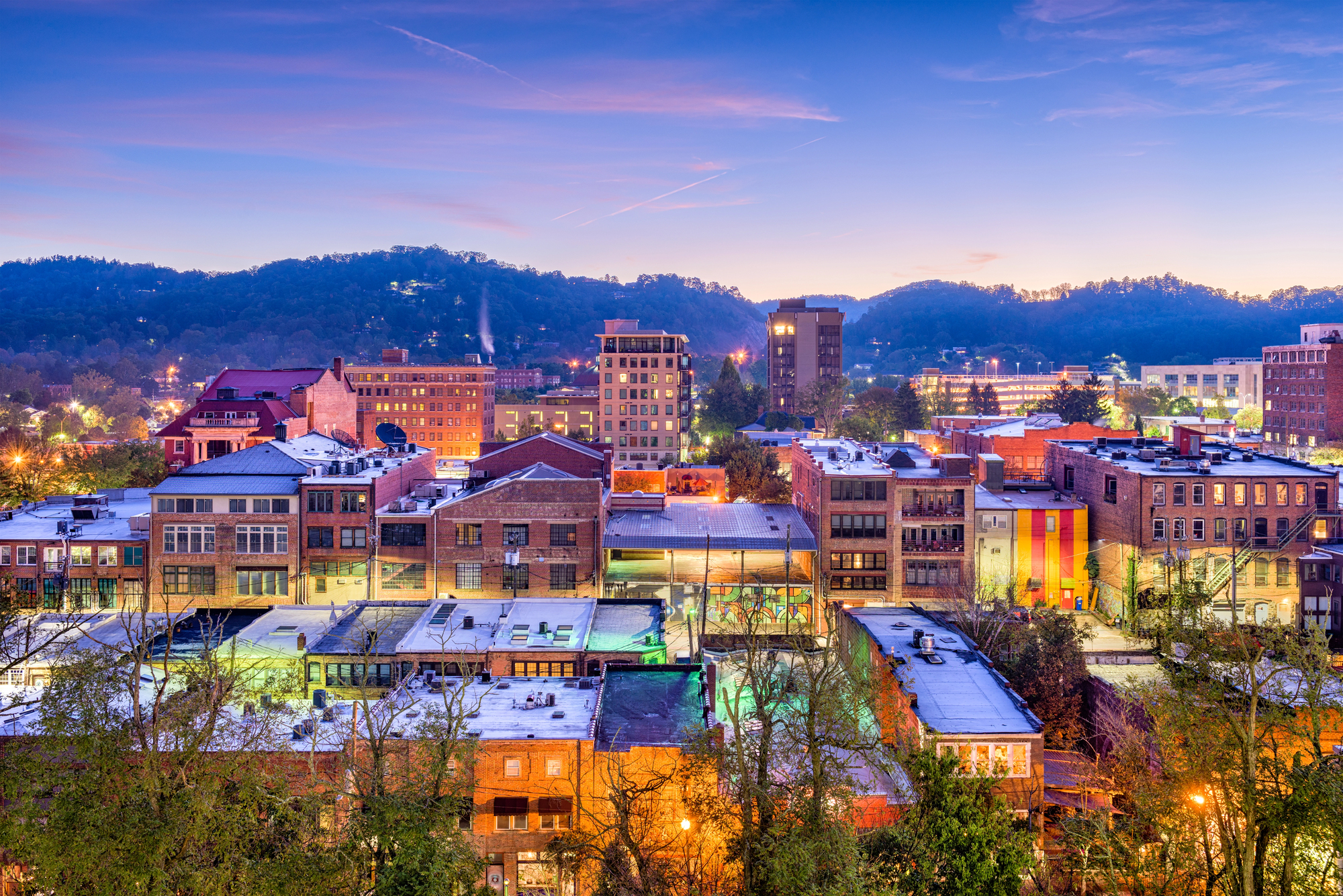
This North Carolina mountain town supports a thriving community of glass artists who draw inspiration from the surrounding Blue Ridge landscapes. The River Arts District houses multiple hot shops where visitors can observe artists at work crafting everything from drinking vessels to sculptural pieces.
The town’s emphasis on handmade crafts has created a supportive environment where traditional glassblowing techniques continue to evolve with modern artistic expression.
Like Travel Pug’s content? Follow us on MSN.
Toledo
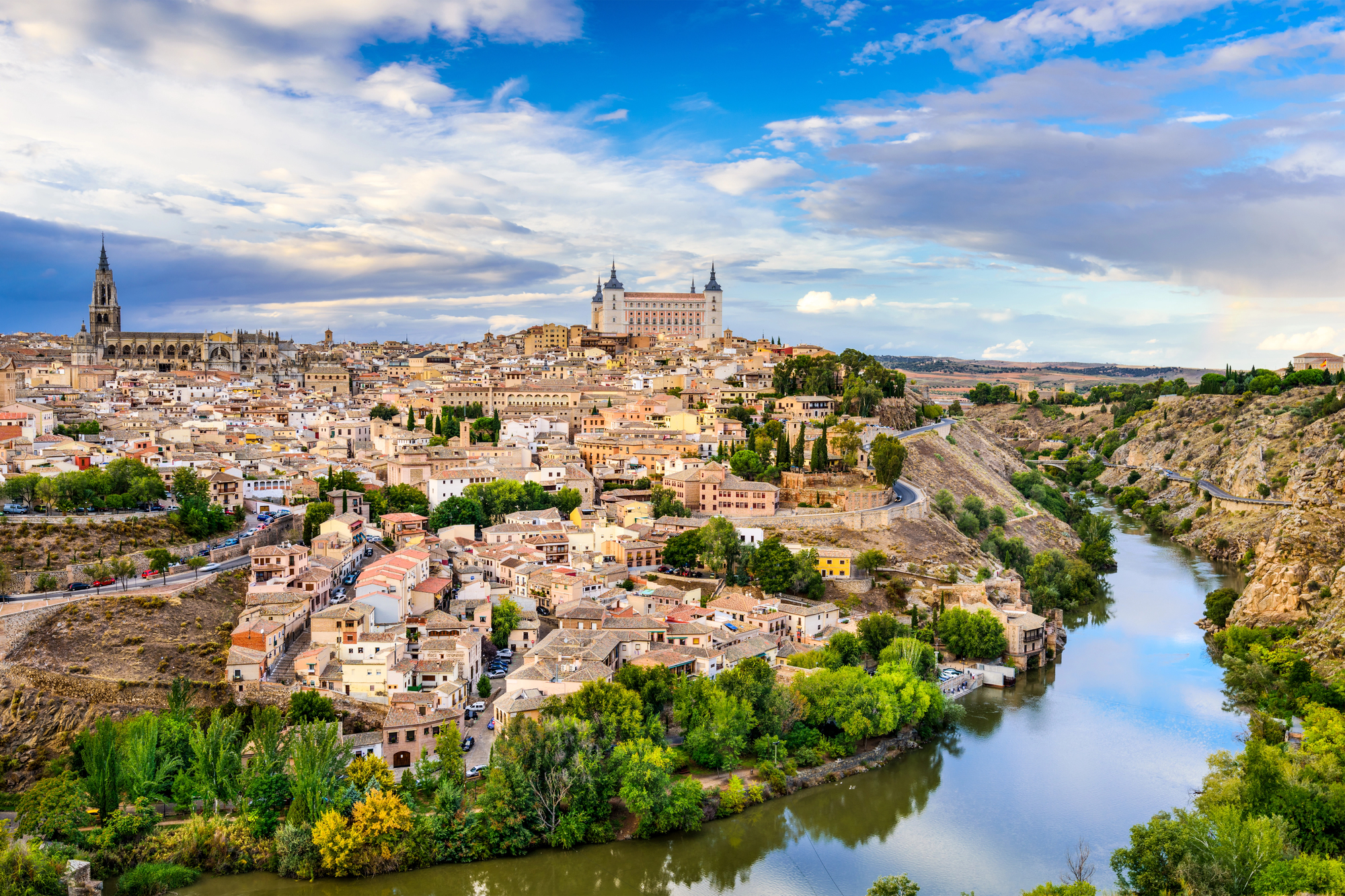
This Ohio city earned the nickname ‘Glass City’ due to innovations in glass production developed there in the early 20th century. The Toledo Museum of Art’s Glass Pavilion houses an impressive collection and features live demonstrations that continue the city’s glassmaking legacy.
The Studio Glass Movement actually began in Toledo in 1962, when artist Harvey Littleton held workshops demonstrating that individual artists could work with hot glass outside factory settings.
Jamestown

This New York town preserves the art of glassblowing through the Jamestown Glassworks, where artists create pieces using techniques passed down through generations. Visitors can feel the heat of the 2,100-degree furnace while watching craftspeople gather molten glass on blowpipes and shape it with traditional tools.
The studio specializes in functional art pieces like goblets and vases that showcase the practical beauty that initially made glassblowing essential to human civilization.
Tacoma
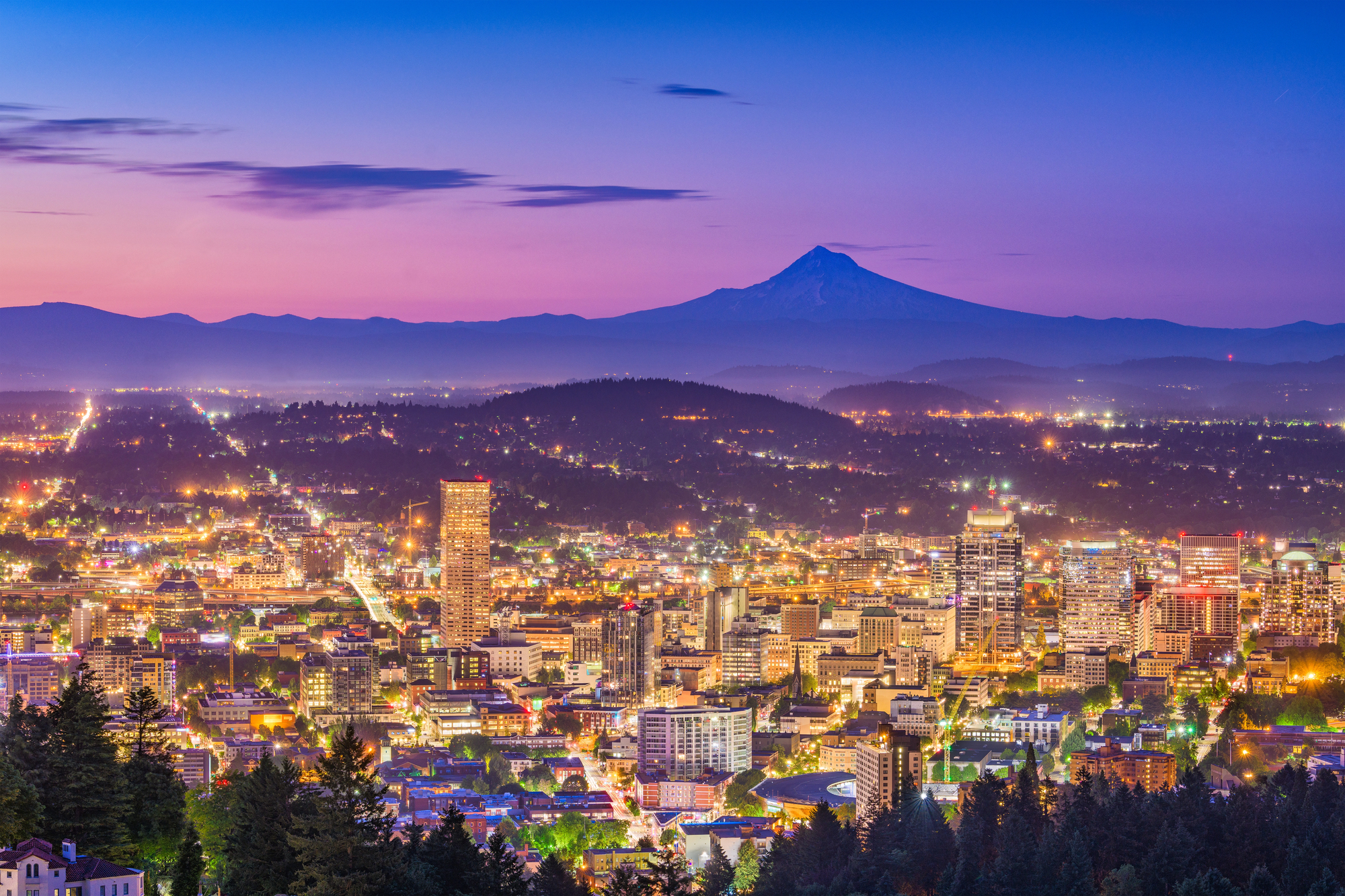
This Washington port city has transformed its industrial past into an arts-focused future with glass at its center. The Museum of Glass features a distinctive cone-shaped hot shop amphitheater where visitors can watch artists work with molten material.
The Chihuly Bridge of Glass connects the museum to downtown, displaying spectacular glass installations that have become symbols of the city’s artistic renaissance.
Like Travel Pug’s content? Follow us on MSN.
Cambridge
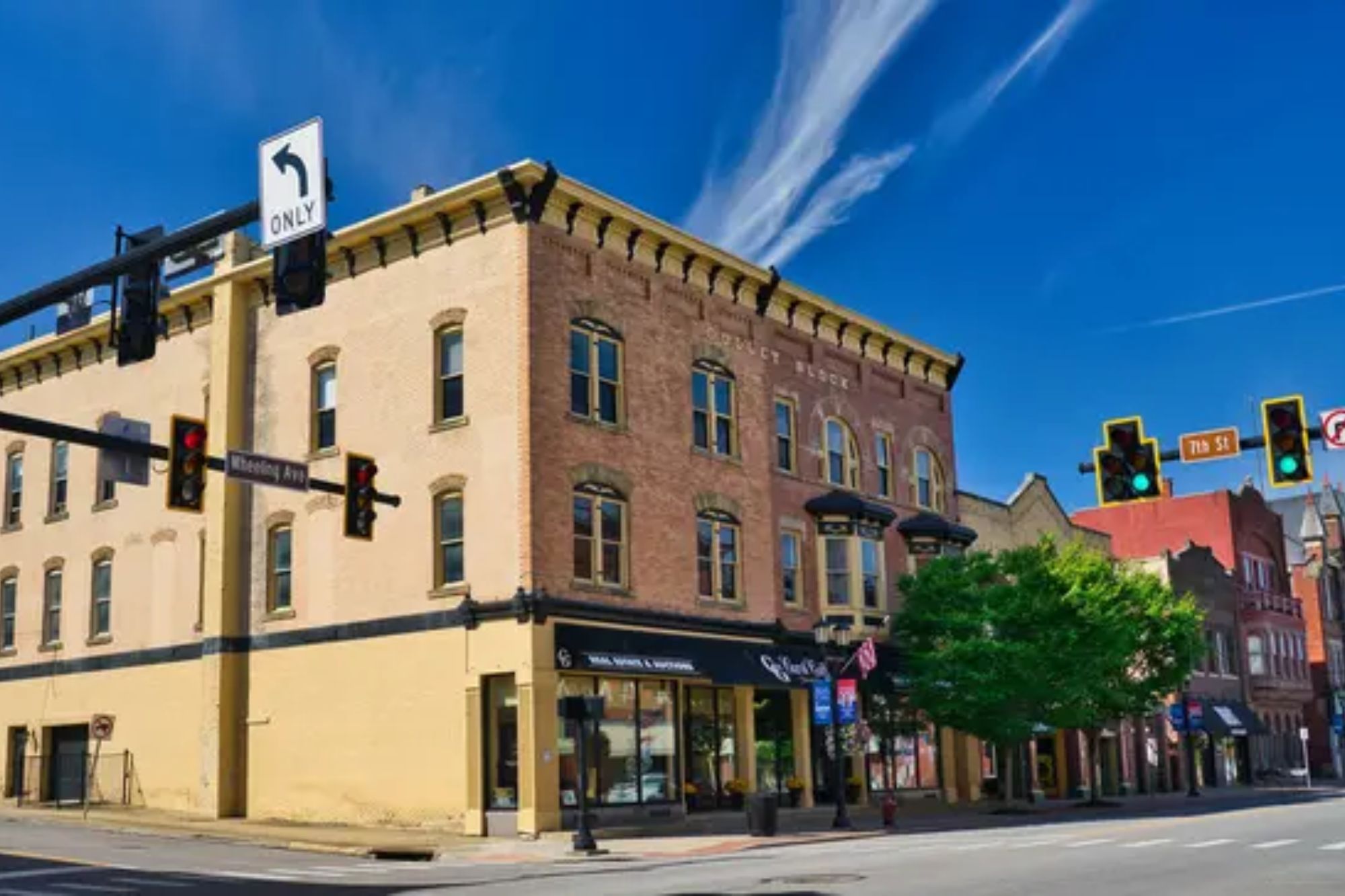
This Ohio town has been producing handcrafted glass since 1902, when the Cambridge Glass Company first opened its doors. Though the original factory closed in 1958, modern artisans continue the tradition in studios throughout the area, creating pieces inspired by historic patterns.
The National Museum of Cambridge Glass preserves examples of the distinctive colors and craftsmanship that made Cambridge glass collectible while educating visitors about traditional production methods.
Sandwich
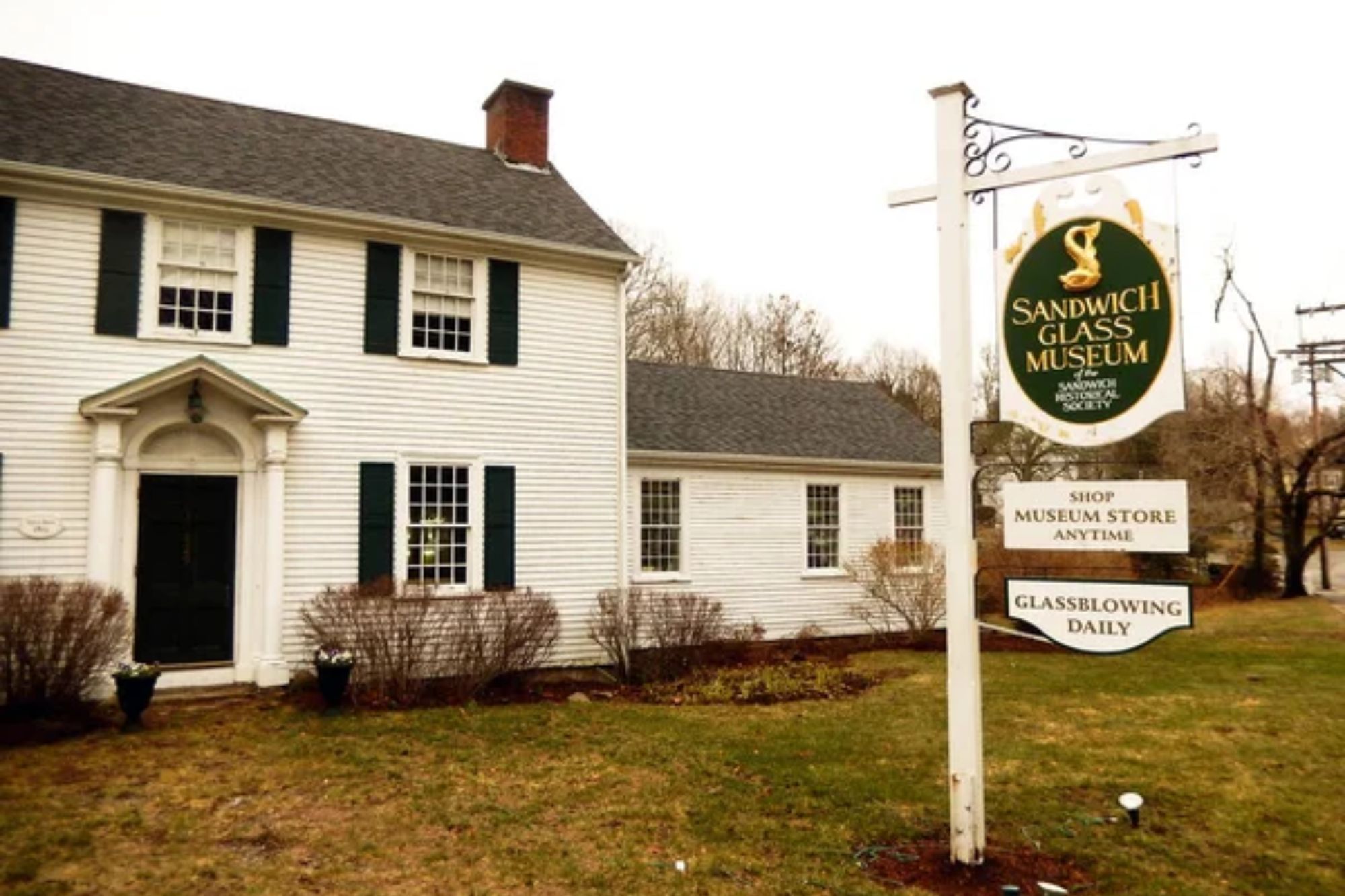
This Massachusetts town on Cape Cod was home to the Boston & Sandwich Glass Company, which operated from 1825 to 1888. The Sandwich Glass Museum maintains this legacy with contemporary glass artists demonstrating traditional techniques using the same basic tools employed nearly 200 years ago.
The museum’s collection showcases the pressed glass innovation that made fine glassware affordable for average Americans while supporting today’s artisans who keep traditional methods alive.
Bloomfield
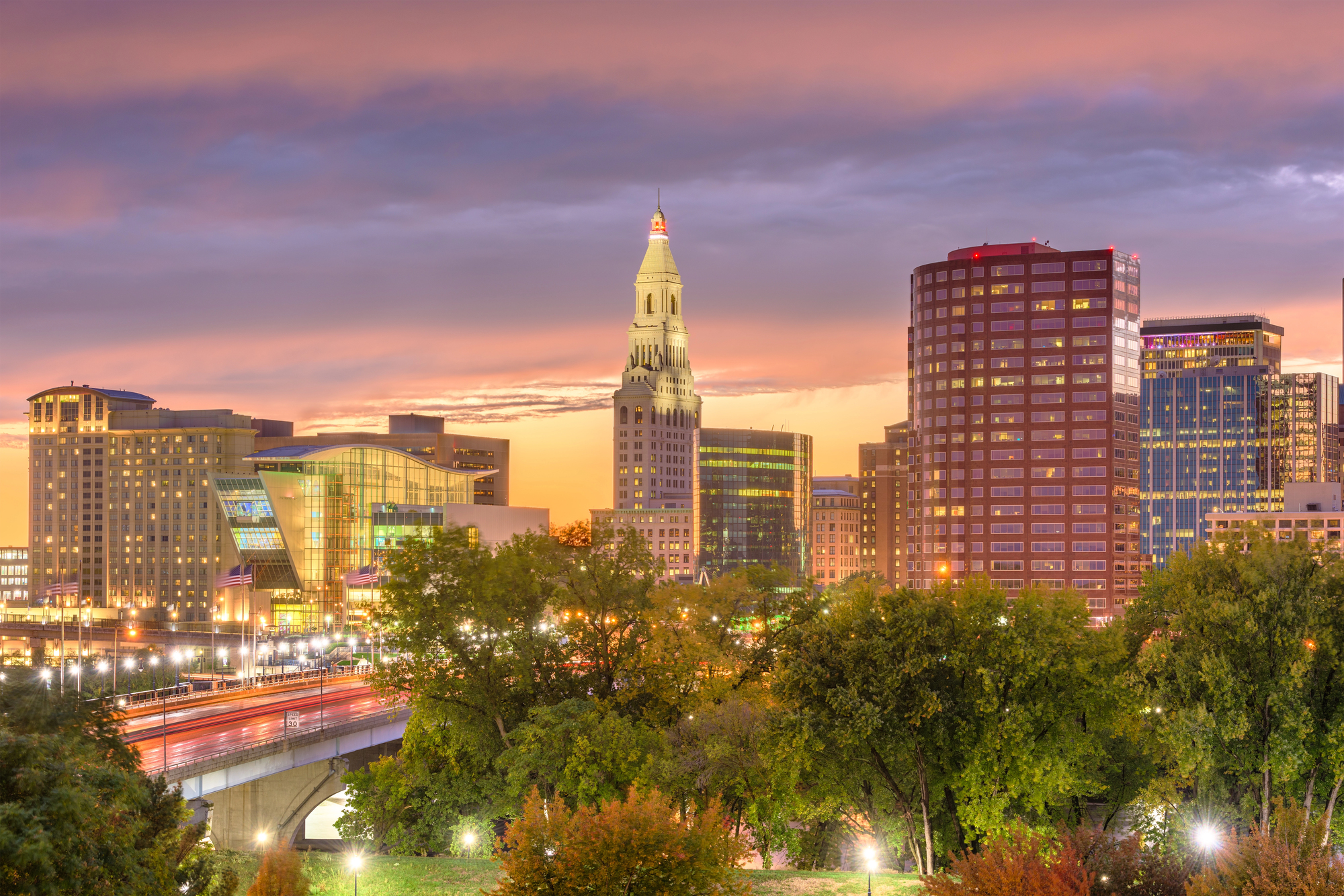
This Connecticut town hosts the award-winning Hale Farm & Village glassblowing operation, where artisans work in period costume. These craftspeople create historically accurate reproductions using the same techniques employed by early American glassblowers.
Demonstrations incorporate historical context, helping visitors understand how essential glass production was to colonial life and early American industry.
Like Travel Pug’s content? Follow us on MSN.
Millville
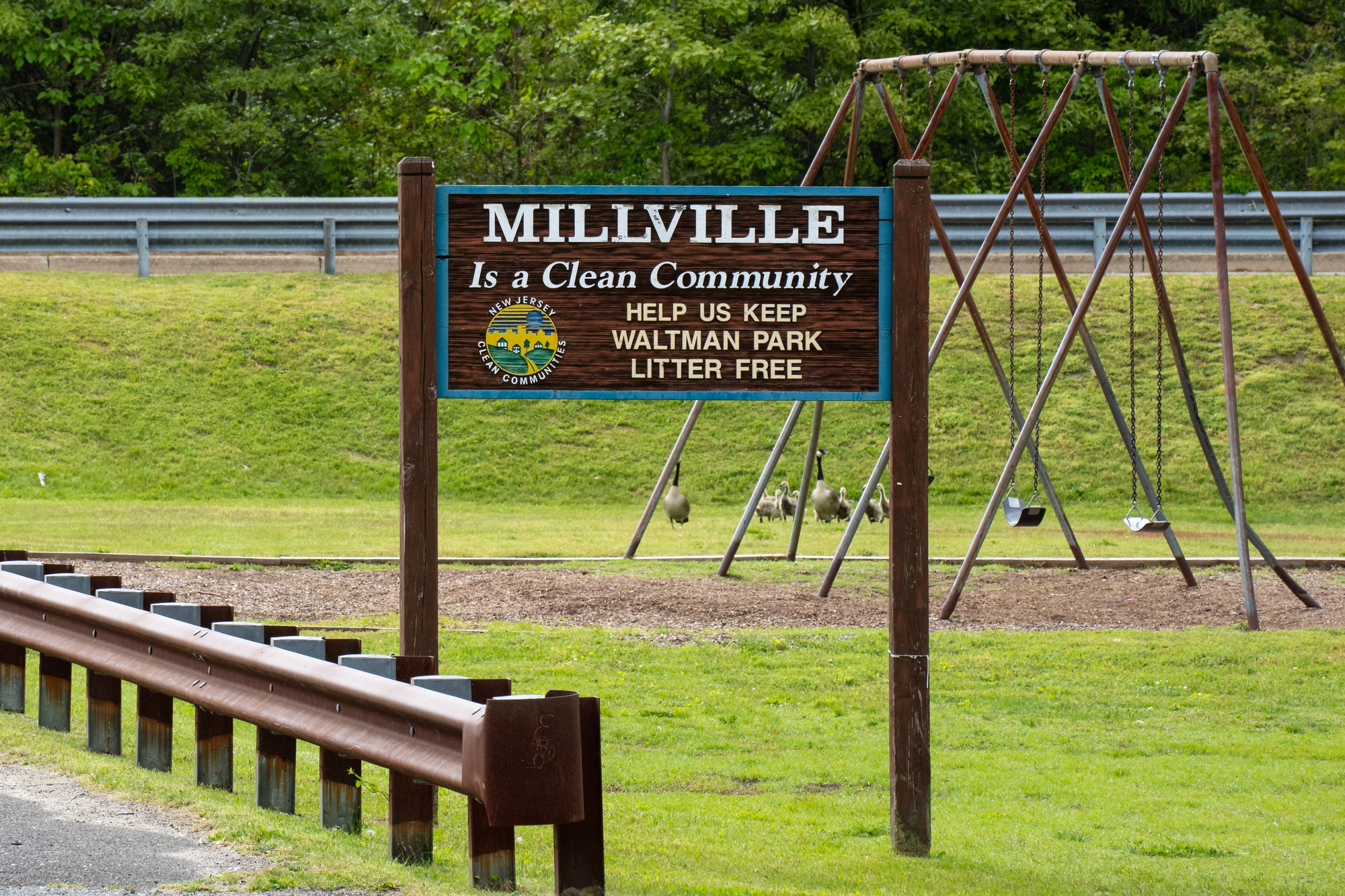
This New Jersey town was once known as the ‘Glass Capital of America’ with numerous factories operating throughout the 19th and 20th centuries. The Museum of American Glass at WheatonArts preserves this heritage with the nation’s largest collection of American glass and hosts contemporary artists continuing the tradition.
The Creative Glass Center of America fellowship program brings artists from around the world to study and innovate while respecting traditional techniques.
Star
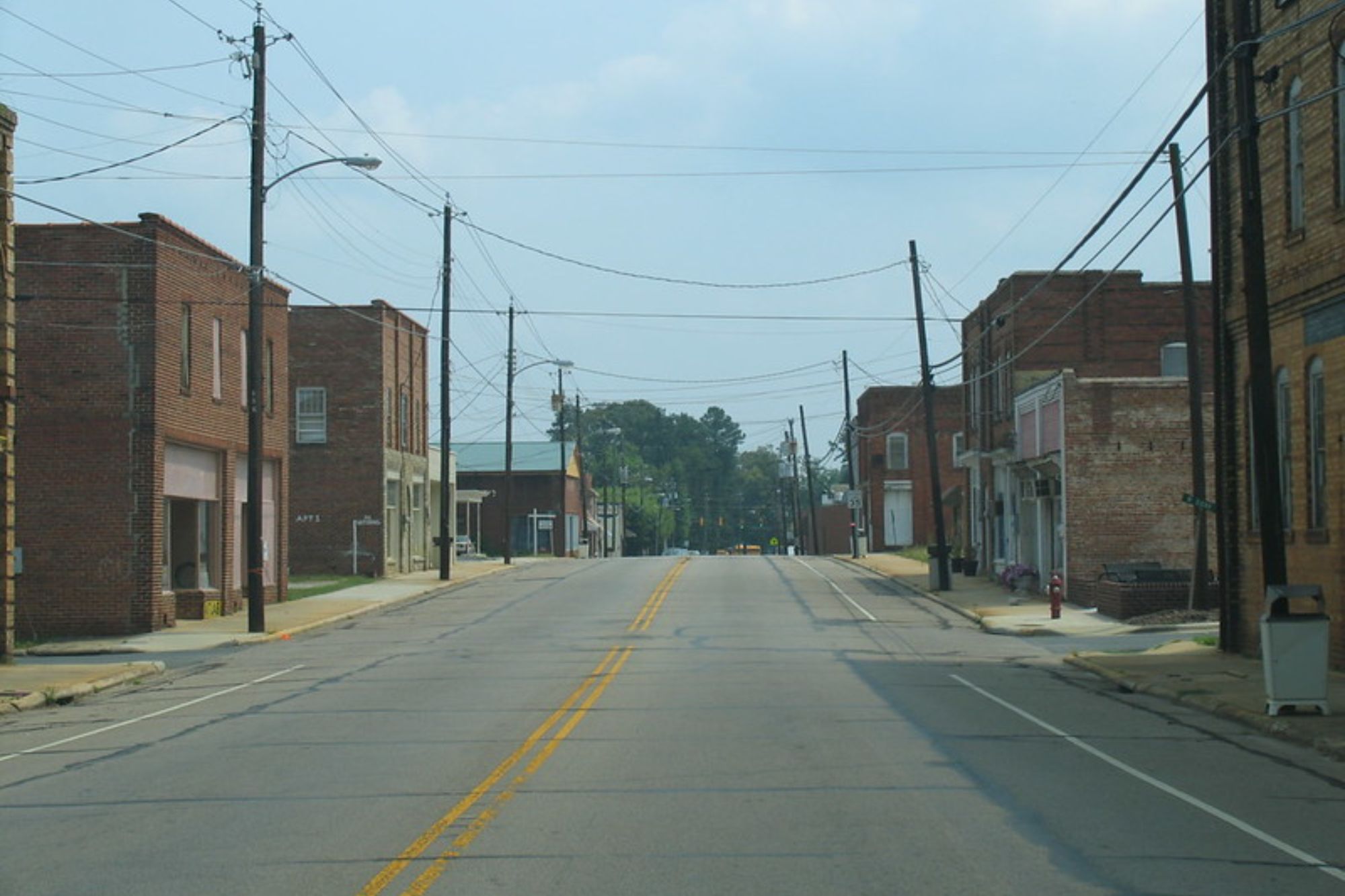
This North Carolina community maintains traditional southern glassblowing methods dating back to the early settlers. The STARworks Center for Creative Enterprise converted an old textile mill into a multi-use facility where glass artists can access studio space and specialized equipment.
Their Glass Lab recycles local materials to create unique colors, connecting modern sustainable practices with centuries-old craft traditions.
Steuben
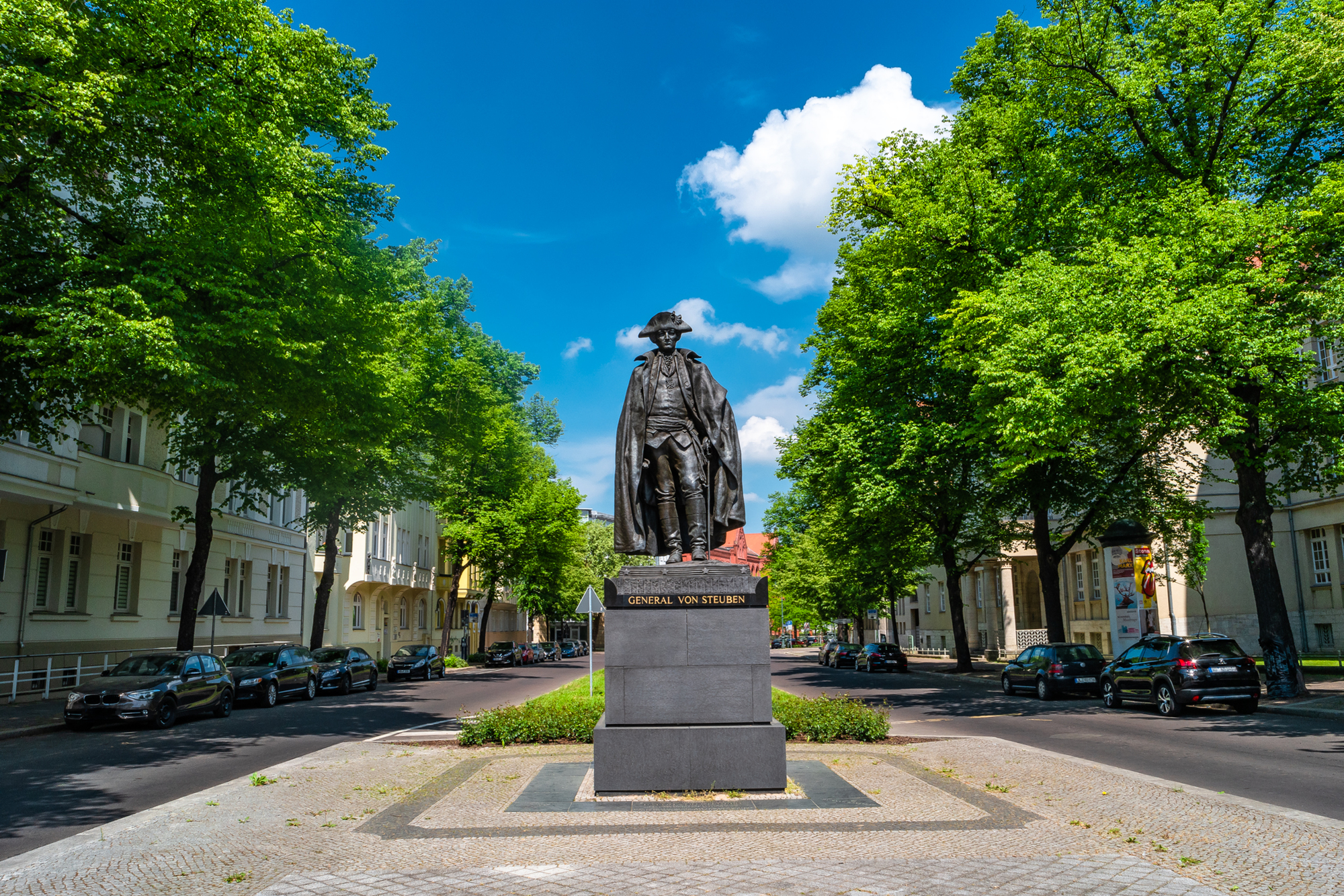
This Wisconsin town preserves specialized glass techniques brought by immigrant craftspeople from European glass centers. The local museum showcases both historic examples and works by contemporary artists who maintain these traditional methods.
Regional glassblowers specialize in intricate pattern work requiring years of apprenticeship to master, with techniques passed directly from experienced craftspeople to the next generation.
Like Travel Pug’s content? Follow us on MSN.
Ferdinand
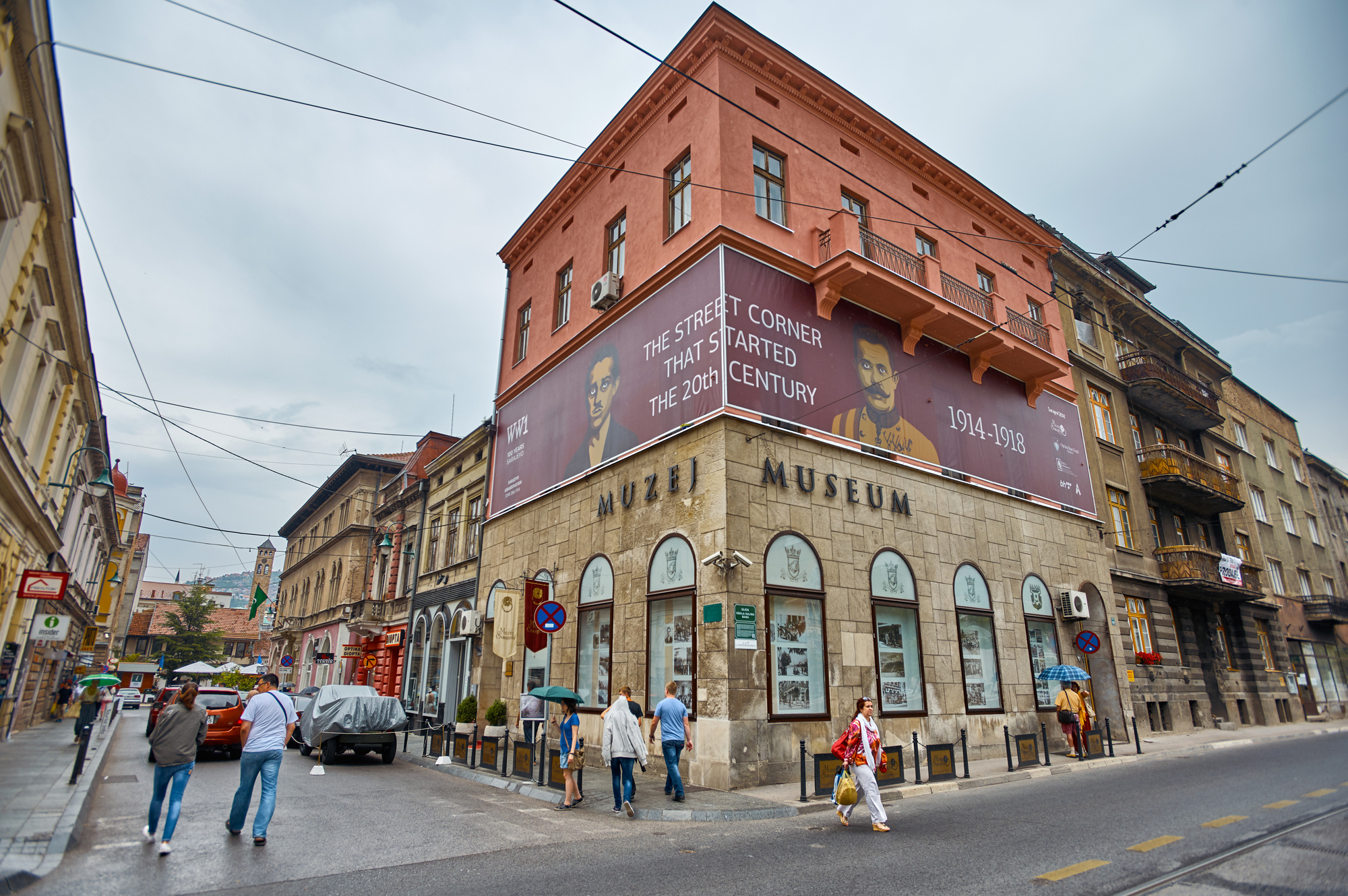
This Indiana town is home to the Ferdinand Hot Glass studio, where visitors can watch artisans create everything from simple ornaments to complex sculptures. The studio emphasizes traditional European techniques adapted to contemporary American aesthetics.
Their ‘Make Your Own Glass’ program allows visitors to assist master glassblowers in creating a personal piece, providing hands-on appreciation for the skill involved.
Stanwood

This Washington coastal town hosts the Pilchuck Glass School, an international center for glass education founded by Dale Chihuly in 1971. Artists and students from around the world gather here to study traditional techniques while exploring innovative approaches to the medium.
The remote forest campus creates an immersive environment where the ancient dialogue between fire, breath, and silica continues to evolve through experimental approaches.
Bennington
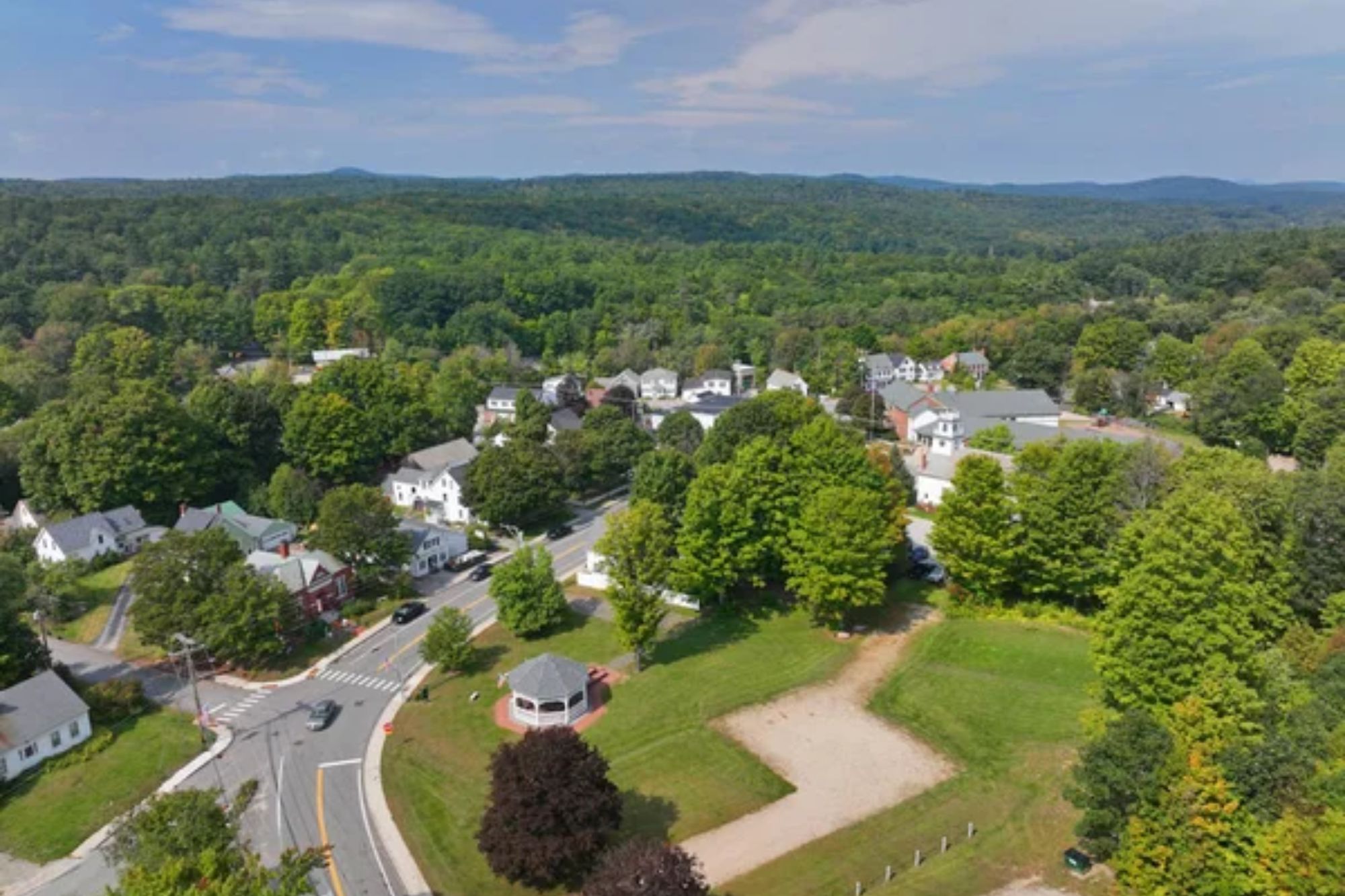
This Vermont town maintains traditions of utilitarian glassblowing focused on functional items rather than purely decorative art. Local studios produce handcrafted barware, lighting fixtures, and household items using centuries-old techniques combined with contemporary designs.
Visitors can purchase items directly from studio showrooms, supporting artisans who preserve the practical craft aspects of glassblowing that sustained communities before mass production.
Like Travel Pug’s content? Follow us on MSN.
Timeless Transformation
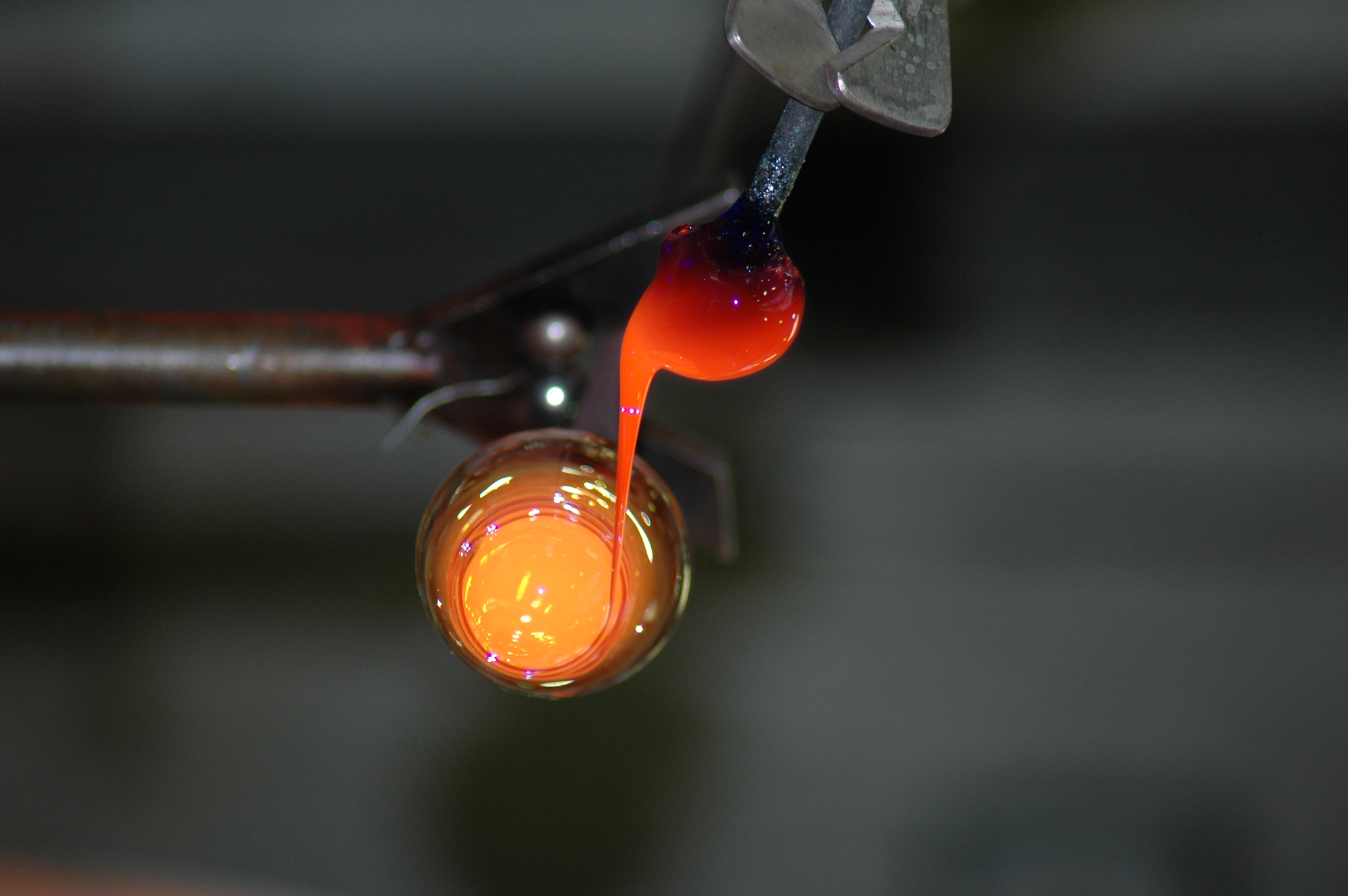
These glassblowing towns demonstrate how ancient techniques remain relevant in our modern world. The fundamental process—gathering molten material on a metal blowpipe and shaping it with breath and tools—has remained essentially unchanged for two millennia, while continually adapting to new artistic visions.
The preservation of traditional glassblowing in these communities represents more than nostalgic craftsmanship. It connects us to a lineage of human creativity stretching back through history, allowing us to experience the same wonder that our ancestors felt watching ordinary sand transform into objects of remarkable beauty and function.
More from Travel Pug

- Cities Growing so Fast You Won’t Recognize Them in 10 Years
- 13 Destinations Where Tourists Regularly Regret Their Trip
- 16 U.S. Cities That Are Quietly Becoming Travel Hotspots
- Where to Travel If You Love Long Bus Rides and Daydreams
- 20 Cities Perfect for Solo Travelers Who Crave Adventure & Culture
Like Travel Pug’s content? Follow us on MSN.
